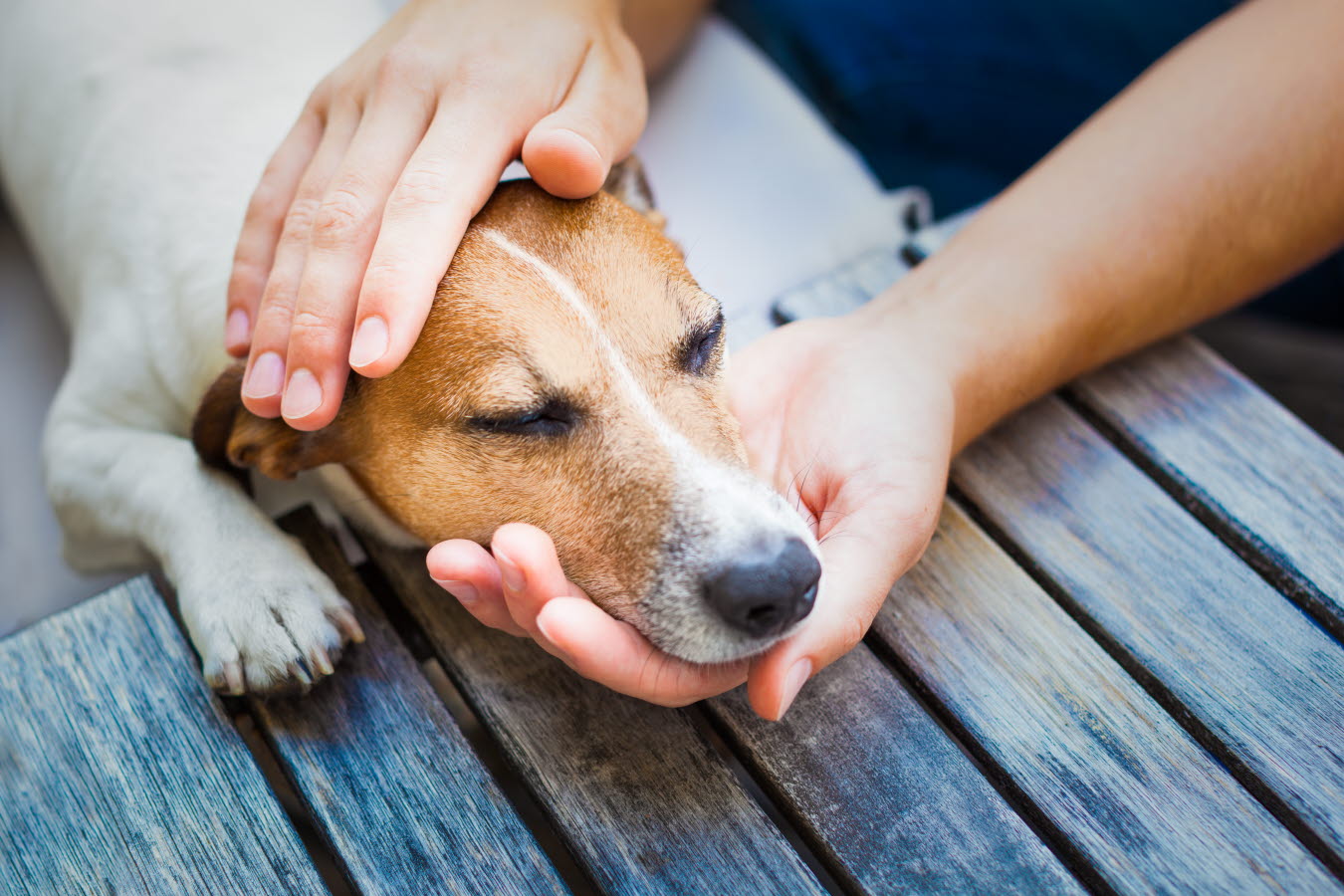Euthanasia - saying goodbye to our pets

The human-animal bond is an incredible phenomenon which allows pets to generate vast joy in our lives. However, as our pets approach the end of their lives it can also cause great sadness. For many pets, their journey will end in euthanasia performed by a veterinarian. This article will look at the process of euthanasia, what is involved and what happens afterwards.
What is pet euthanasia?
Pet euthanasia or ‘putting an animal to sleep’ is the process of ending an animal’s life in a humane way. This is typically performed by giving the animal an overdose of an anaesthetic drug, ensuring they fall asleep before they die. Euthanasia is only considered when an animal’s quality of life is reduced and there is no reasonable prospect of recovery or pain management. Although animals pass naturally in the wild, it is not always without pain and distress. Euthanasia is a method of ensuring we can preserve an animal’s welfare at the end of their lives.
When should I consider euthanasia?
The decision to euthanise should always be made in discussion with your veterinarian. They will be able to give their professional opinion on your animal’s health and wellbeing and discuss any treatment options available.
A veterinarian’s primary concern will always be your animal’s welfare and they may initiate a ‘quality of life discussion’. Quality of life is a very difficult concept to define as it varies so much from animal to animal and family to family. However, you and your veterinarian may consider things such as:
- Is your pet eating and drinking?
- Is your pet able to stand and move around unassisted?
- Is your pet able to toilet (defecate and urinate) unassisted?
- Is your pet affected by an ongoing illness or pain which cannot be managed with veterinary treatment?
Each situation is different and your veterinarian will be able to guide you more specifically.
What does euthanasia involve?
Euthanasia is a procedure generally performed in a veterinary clinic. However, veterinarians understand that some pets are unduly stressed in clinics and they may be able to perform euthanasia at home or in the back of a car.
You should contact your veterinarian to see if it is appropriate for your pet. The cost of euthanasia may vary between clinics, but incorporates the veterinarian’s time, as well as the use of pain relief and anaesthetic drugs.
When your pet arrives for euthanasia, the veterinarian may give them a sedative so that they are comfortable and calm. They may also ask you to sign a consent form authorising the euthanasia process. Often the veterinarian will shave a small patch of fur from the front or back leg in order to place an intravenous catheter.
This catheter allows drugs to be delivered directly into your pet’s vein with no discomfort. When you are ready, the veterinarian will give an overdose of anaesthetic, which allows your pet to fall asleep before their breathing and heart stop.
What happens afterwards?
Many people choose to bury their beloved animals at home if they can. Most veterinary clinics will also offer options of cremation - with or without ashes returned or burial.
There are many ways to remember your pet and it is a deeply personal decision.
Most importantly, veterinarians recognise that the end of a pet’s life can be immensely difficult. Pets are often beloved family members and bring happiness to our everyday life. Grieving for your pet can be a more painful process than you expect and it is important to reach for help if you need it.
